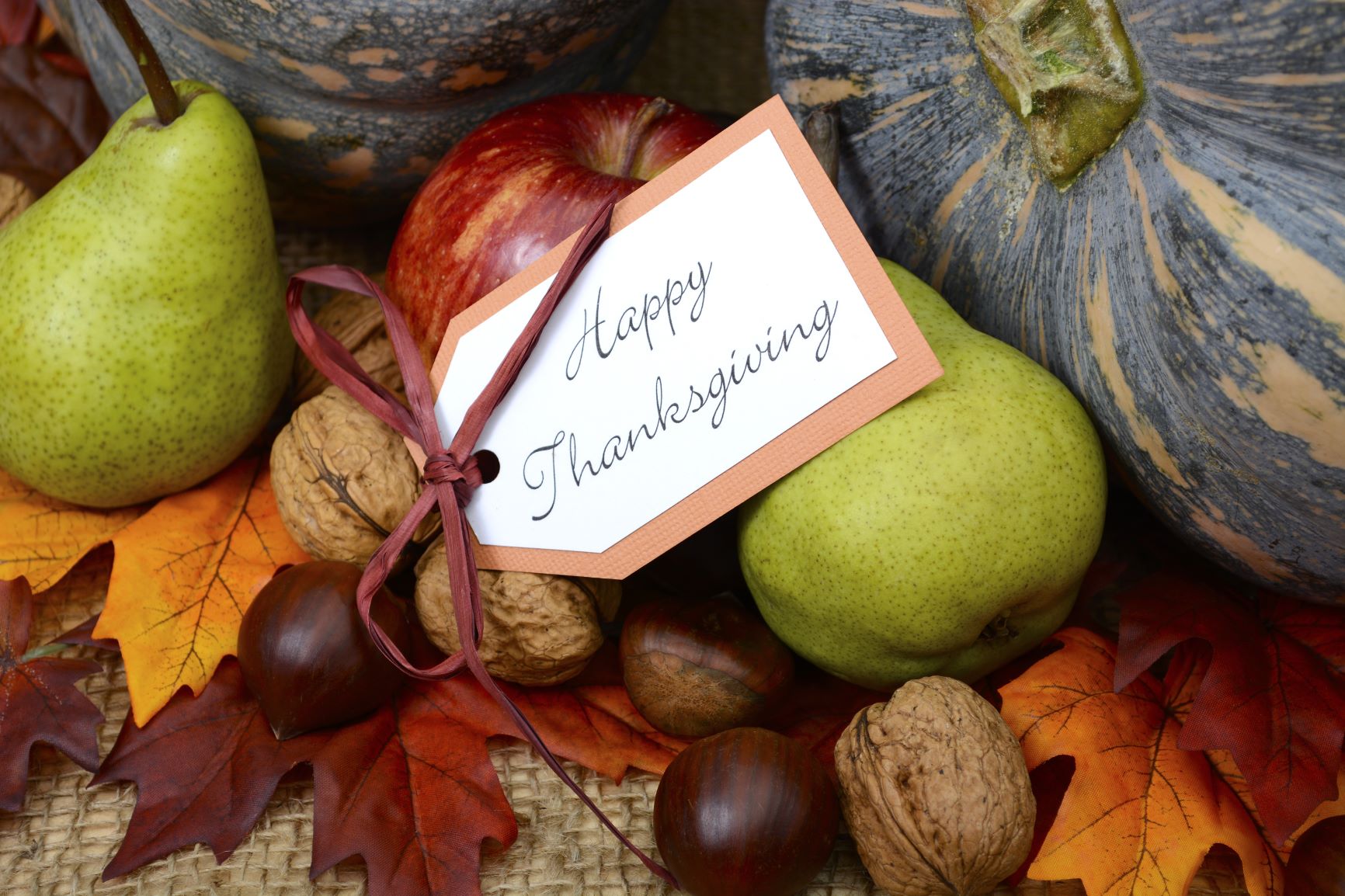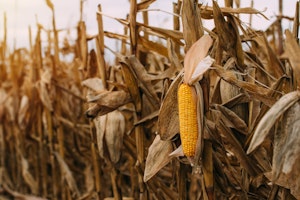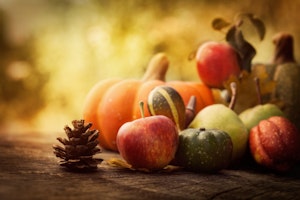Thanksgiving is essentially a harvest time celebration, and although we think of the holiday as an American tradition, there is a long history of it dating back thousands of years with countless festivities around the world where people express joy and gratitude for the bounty harvested from their land.
Jewish Culture
Among the oldest of the harvest celebrations and holidays – about 3,000 years old — the Sukkot is a weeklong Jewish holiday that begins five days after Yom Kippur. It is celebrated by living in a foliage- covered booth known as the sukkah and taking four special species of vegetation referred to as the Four Kinds.
Greeks and Romans
The ancient Greeks held a three-day festival every autumn to honor Demeter, the goddess of corn and grains. Meanwhile, the Romans honored Ceres, their goddess of corn, in a similar celebration that included music, parades, games sports and of course a feast – not unlike the American tradition.
China
In China, on the 15th day of the 8th lunar cycle, families gather for a three-day celebration of the fall harvest. The feast of the “Chung Chiu” Moon festival features moon cakes, which are sweet cakes filled with sesame seeds, ground lotus seeds and a center of salty egg yolk that represents the moon. The cakes are embossed with a baker’s insignia. The moon cakes are often exchanged between families and friends as a sign of unity and peace. This holiday is celebrated very similarly on the same day in Vietnam where it is called Tet Trung Thu.
United Kingdom
Lammas Day is celebrated by many in the British Isles. Lammas comes from the Old English words for “loaf” and “mass,” and on Lammas Day folks would come to church with a loaf of bread made from the first wheat harvest. The church would bless the bread as thanks for that year’s harvest.
The Saxon tradition of the Spirit of the Corn involved farmers offering the first cut sheaf of corn and a sacrificial animal to a fertility god to ensure a good harvest. They also make plaited corn dolls to hang in rafters to protect the harvest. The corn dolls are still made today in England along with the harvest supper, and children take gifts of fruit and vegetables to churches and schools where they are shared with the needy and elderly of their communities.
Germany
In September or October, the German harvest celebration Erntedankfest begins with a sermon followed by a procession in which a traditional harvest crown is presented to the harvest queen, Ernteknigin, followed by festivities with music, dance and fruits and vegetables from the harvest. Some places have evening service and then enjoy a parade with lanterns, torches and fireworks for children.
Ghana
If you see yams on the Thanksgiving table, you will think of Ghana after reading this. Yams are a major crop there and are so important they get their own annual festival. The day of celebration begins with a ceremony to honor the deceased, and the yams are unearthed to be blessed by the chief to ward against famine and thank the spirits. Ghanians dress in multi-colored togas and dance to ceremonial drums before they feast.
Canada
Thanksgiving in Canada has had an interesting evolution. First celebrated in 1872 in gratitude for King Edward VII’s recovery from serious illness, it wasn’t until 1957 that Parliament made Thanksgiving an official holiday on the second Monday of October. And today, Canadians celebrate it much like America with parade, football and turkey, with their big feast on Sunday before the official day of thanks.
As you enjoy your Thanksgiving traditions in your part of the world, we at Therapedic wish you a Happy Thanksgiving filled with gratitude and heartwarming memories!


